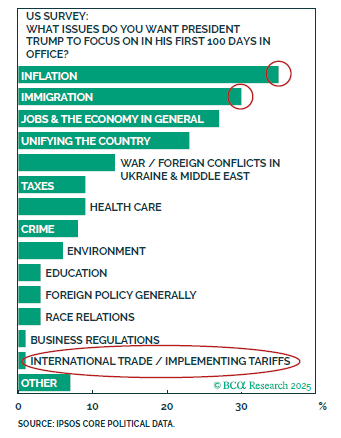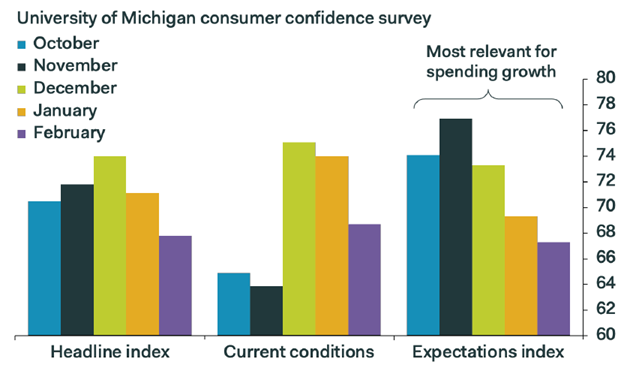
President Trump has had a busy start to his second term, making good on many of his campaign trail promises. He issued a slew of executive orders with a particular focus on energy and immigration policy. This is not surprising given these were critical issues during the election campaign.

In keeping with this mantra “Drill, baby, drill," Trump declared a national energy emergency. He reversed Biden’s ban on new Liquified Natural Gas (LNG) export projects and prioritized development of Alaskan LNG. Additionally, he called for a review of all agency rules and policies that impede domestic energy production. As expected, he withdrew the U.S. from the Paris Climate Agreement.
Regarding immigration, Trump declared a national emergency at the southern border. He deployed the military to secure the border and stopped several programs used during the Biden administration such as catch-and-release.
The President also acted swiftly on trade. Initially, Trump directed several agencies to conduct an analysis of US trade deficits with other countries and relay their findings by April 1. Based on the findings, appropriate action on tariffs would follow. However, last week Trump reiterated and followed through on a threat to impose 25% tariffs on Mexico and Canada. Notably, these tariffs were tied to non-economic objectives- eliminating the flow of migrants and fentanyl across both borders. He also imposed 10% additional tariffs on China. The swiftness of these developments caught markets by surprise. Global equity markets swooned Monday morning only to stabilize an hour into the trading day when it was reported the Mexican tariffs would be delayed by a month. Later that day tariffs on Canadian imports were also delayed after negotiations between Trump and Prime Minister Trudeau.
What do we make of these early developments, and what may they portend for markets and the economy? Our view has been that when it comes to tariffs, the bark would be worse than the bite. This early episode suggests more of the same. The exchange with Mexico has transpired similar to the one in 2019. On May 31st of that year, Trump threatened Mexico with a gradual step-up in tariffs tied to immigration policy. By June 11th, the tariffs had been suspended indefinitely.
What (or who) is next? Trump will likely refocus on China and may turn to the European Union. We expect more headline-induced volatility but caution investors not to immediately make the leap from headlines (which often have a short half-life) to the onset of an all-out trade war. In the words of Warren Buffett, “The stock market is a device for transferring money from the impatient to the patient.”
The greatest risk from trade policy may not be the tariffs themselves, but the uncertainty they create. Currently, the U.S. economy appears strong and stable. Consumption and profit growth are robust, and business confidence is rising. A prolonged period of policy uncertainty could affect spending and hiring. Recent University of Michigan consumer sentiment surveys have showed declines in the headline index and the current conditions and expectations components, the latter which is highly correlated with future consumption. This bears watching over the coming weeks.
